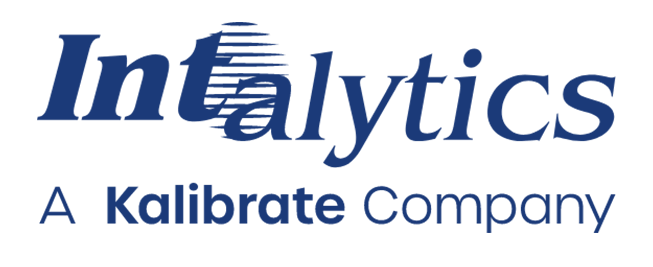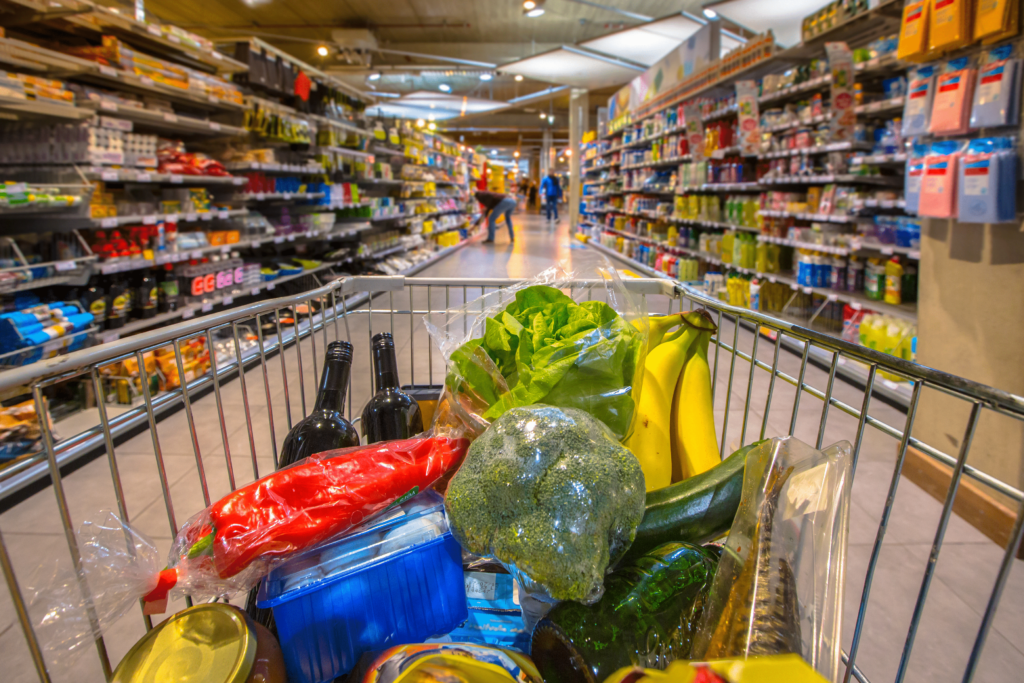The Coming (Permanent) Shift in Consumer Behavior: What Marketers Should Plan for Next

Jim Sellers leads Intalytics’ Marketing Solutions practice. His extensive experience in applying geo-spatial and predictive analytics to improving marketing ROI across multiple industries and brands gives him a unique perspective on today’s challenges. This is the first in a series of conversations regarding challenges and opportunities for marketers in the post-pandemic world.
Q. Jim, there isn’t an existing playbook for what marketers should be thinking about during this challenging time. What advice are you giving your clients?
A. Intalytics has the great fortune to work with many incredible brands and amazing marketing minds. Let’s consider three timeframes where marketers should be thinking now about this next normal: short, medium, and long term.
Short term
Don’t go dark. During the great recession of 2008 and previous periods of economic contraction, brands that continued to advertise retained more market share during the slowdown and accelerated faster after the economy came back.
Start with the basics. Ask yourself “if we were launching our brand today—what would be our core value proposition?” This exercise ensures that your marketing will fit with what your target audience is experiencing.
Reevaluate all existing campaigns and content in light of the new normal. Pull those that don’t fit. Don’t contribute to the noise.
Change your messaging to be consistent with what’s top of mind for your customers, and support it with creative that reflects the tone and tenor of your brand’s position. Look for every opportunity to build a sense of community without being opportunistic. Brands that build trust during tough times will retain that equity over time.
Make sensible shifts in your media mix. Available digital ad inventory is up, and pricing is down. Establish new benchmark advertising KPI levels that reflect today’s reality and focus on continuous improvement from where you are. Forget where you were, as prior benchmarks are from a different time.
Medium term
Begin thinking and planning now for potential (and in some instances, likely) tectonic shifts in your core customer profiles. Over the years I’ve led hundreds of customer profile projects to improve marketing ROI, and was regularly asked “What’s the shelf life of a profile?” My answer has typically been “36-48 months, unless one or more of the following things occur:”
- Change in the macro-economic environment
- Significant competitive entry or exit
- Substantive brand repositioning or change in your business model
- Structural demographic or socioeconomic shift around your locations
- Major expansion or contraction of your physical network
At least three, and arguably four, of the above are playing out now – all in the space of just a few weeks. The restaurant industry is among those that will be most severely impacted by these shifts. Lost jobs equate to reduced disposable income. Local, regional, and national chain bankruptcy threats are emerging, with consumer options likely to change with a high frequency. Lingering concerns about leaving the house will be a paramount consideration for many, leading to further growth in meals at home.
Accompanying the shift in core customer profiles will be changes in your location’s drive-time trade areas, or the “zones of convenience”. The percentage of Americans who will continue to work from home after the threat of COVID-19 lessens will explode. Daytime trade areas—where individuals shop, eat, and drink close to the office—will shrink, contributing to smaller overall drive-time trade areas as we all drive less (in terms of both frequency and distance). The national reduction in mobility will persist at least until an effective vaccine is widely available. This effect will have enormous implications for how brands locate their physical stores, restaurants, cafes, and bars. Some existing locations will continue to do well, others will wither, while others still will close altogether.
Bottom line: invest now to observe these structural shifts in your customer profile and your drive-time trade areas so that you’re not flying blind as you make decisions for the long term.
Long term
If you were launching your brand today—what business model would you choose, and how is it different from your current model? The digital transformation will accelerate across all industries. Executives are re-evaluating their supply chains. Pricing strategies are under review. To assume the impacts of these changes will be fleeting and not permanent is to invite peril.
Restaurants will devote more square footage and resources to supporting take-out and delivery capabilities and less to dine-in. Ghost kitchens will proliferate. Menus will be streamlined. Many will adopt disruptive strategies, including entering new categories
Retail will continue to shift to online, BOPIS, and other digital sales and fulfillment strategies. As with restaurants, retailers will reallocate square footage to e-commerce activities. Innovative uses of underutilized brick and mortar space, including as one example converting underperforming locations to micro-fulfillment centers, will be increasingly common.
Grocers will move rapidly to innovate and deploy online shopping across both pick-up and delivery. Changes in operating hours to allow for enhanced cleaning may well persist past the pandemic’s peak. Depending on the extent to which COVID infections disproportionately impact grocery workers, grocers may find it challenging to staff their operations.
Overarching all off these trends is the likelihood of Amazon’s increased dominance across all retail sectors.
Conclusions
- Adjust your marketing strategies and tactics based on what your customers are experiencing today. Build community. Add value. Be relevant.
- Invest now to monitor and understand shifts in your core customer profile and drive-time trade areas as shifts in the macro environment persist.
- Think about every business decision as if you were starting your business today. There are no sacred cows.
Jim Sellers’ career spans multiple industries and brands, including senior marketing and sales positions with FedEx, FedEx Office, Procter & Gamble, Coca-Cola, and Royal Bank of Canada. He can be reached at jim.sellers@intalytics.com
Related News
Carousel items












